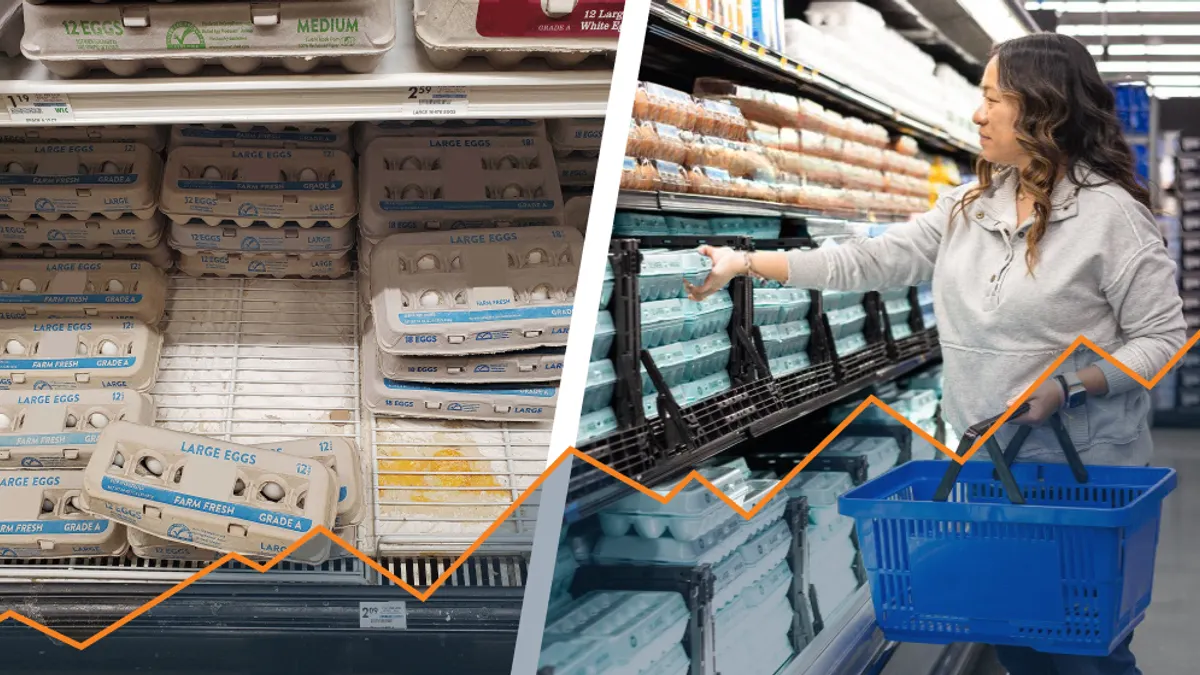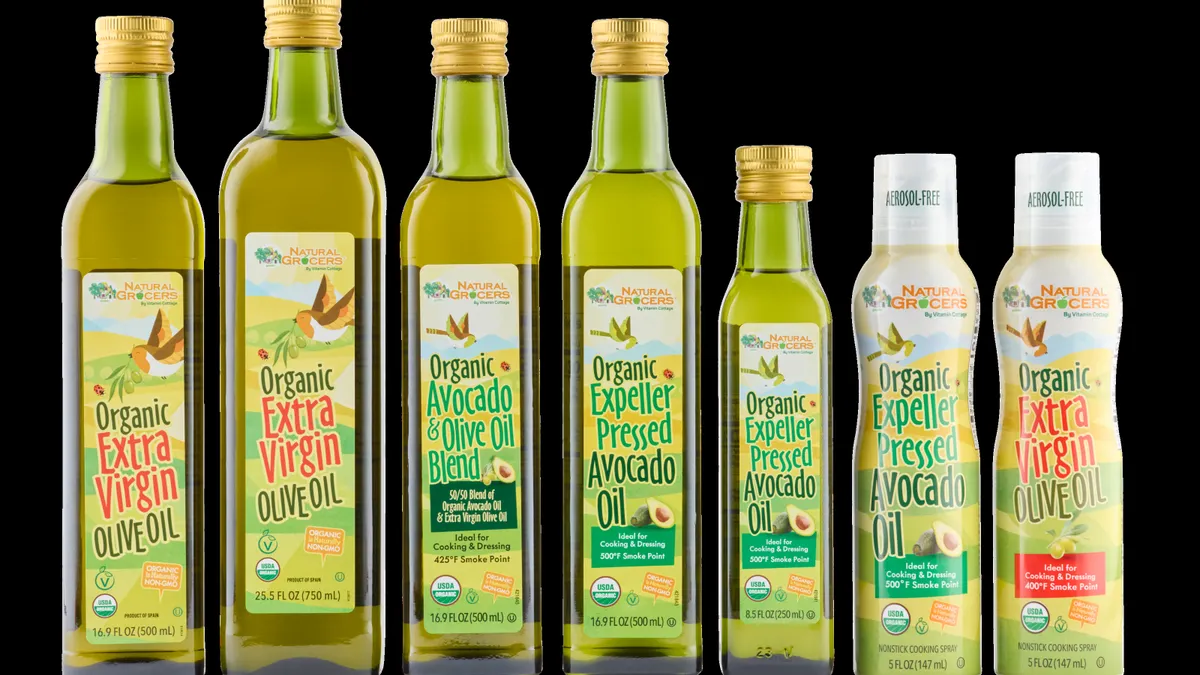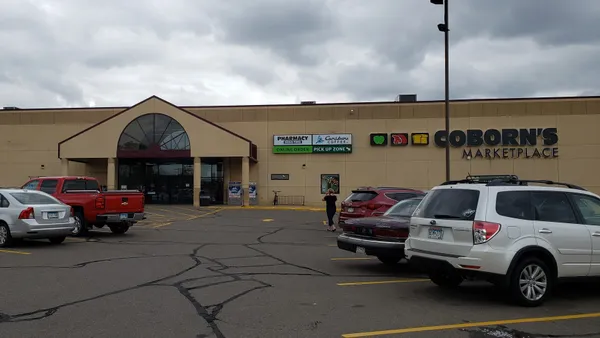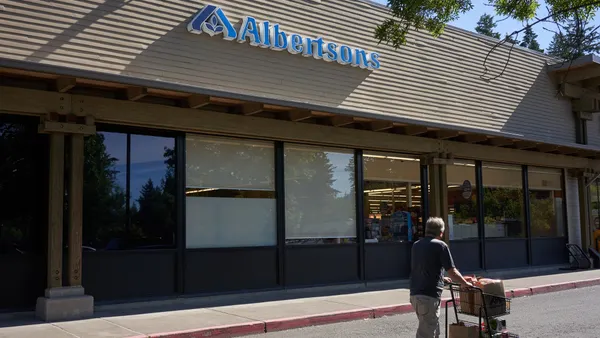Packaging won't solve inflation. But retailers can push their suppliers to use better packaging, and when every dollar counts, better protection means better profits.
Walk into any grocery store, and the signs of inflation and Avian Influenza’s impact are everywhere: $6 cartons of eggs, $8 ground beef, and produce prices that make shoppers second-guess their shopping list.
What’s not visible? How these price increases have complicated every operational decision, from packaging choices to spoilage prevention.
Corrugated box failures used to be an annoyance, but they were easily written off. But today, that same box failure can cost retailers hundreds of dollars in losses they never budgeted for because those calculations were based on pre-inflation product values.
What made sense in a $2-a-dozen-egg world doesn't in one where eggs are $8 a dozen.
Recalculating packaging ROI in an inflated world
Many suppliers still rely on packaging choices made five years ago, back when commodity costs were stable. Back then, corrugated boxes worked: They cost $1–2 per case, adequately protected $20–30 worth of cargo, and kept procurement costs low.

The decision framework is optimized for packaging price per unit rather than protection capability relative to cargo value. But that framework no longer works with wholesale egg prices up 448% and ground beef retail prices reaching historic highs.
A $2 upgrade to protective packaging that prevents 5% damage on a $94 case of eggs saves $4.70 per case, compared to $1 savings when eggs cost $20. The same packaging upgrade now pays for itself in 2.4 prevented failures instead of 10.
Tactical takeaway: Push suppliers to reassess packaging standards using today's product values. Packaging solutions like pooled Reusable Plastic Containers that didn't make financial sense back then now deliver much higher returns.
Supply gaps have changed the cost of failure
Alongside rising commodity costs, retailers face another issue: product scarcity. Supply gaps are now a regular part of retail operations, tightening available inventory and limiting the ability to recover from spoilage or damage.
This has been particularly visible in categories like eggs, where Avian Influenza has meant that the cost of packaging failure has risen alongside the value of the product.
But supply volatility isn't limited to just one crisis. Consider that:
- 43% of supply chain professionals anticipated supply shortages as the most significant disruption in 2024.
- 52% of U.S. retail brands have experienced stockouts leading to lost sales.
- 28% of retailers have faced shortages and out-of-stock issues.
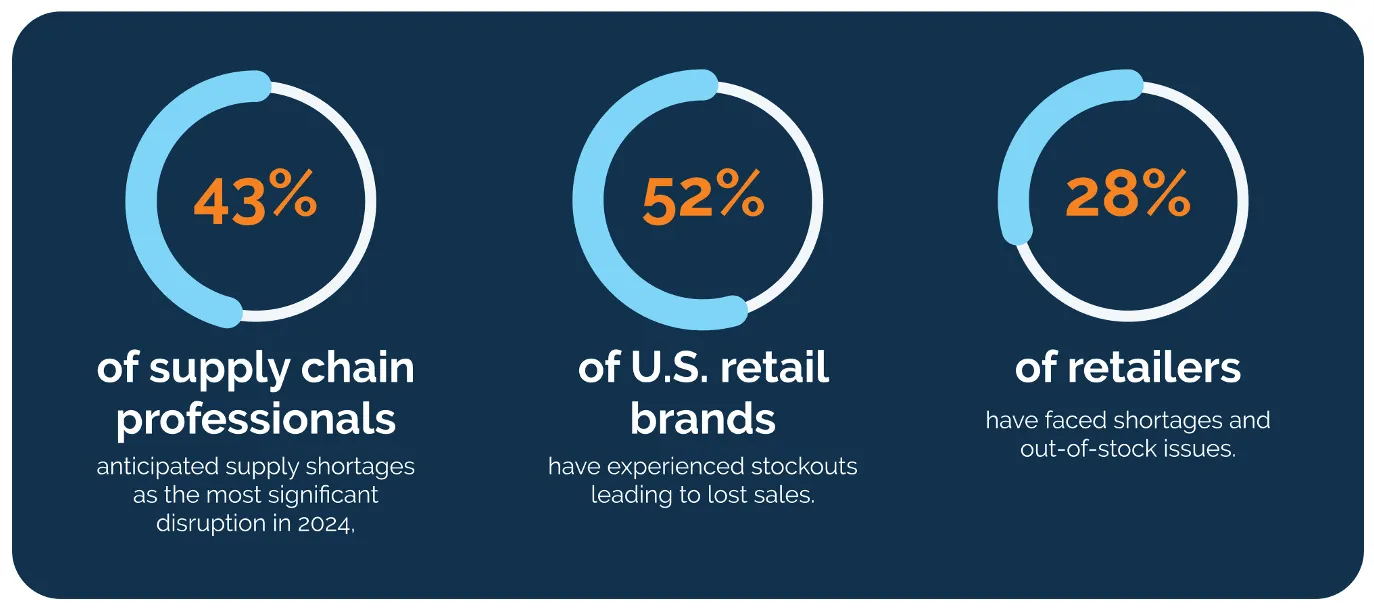
With fewer products in the pipeline, every shipment carries more weight. A damaged pallet in a high-turn category like dairy or produce doesn't merely reduce margin—it leaves shelves empty amid uncertain resupply timelines.
In this context, packaging plays a critical role in maintaining product availability. Encouraging suppliers to turn to more durable reusable packaging can help deliver goods intact, reducing the risk of stockouts.
Tactical takeaway: Pull packaging failure data by category and map it against the areas experiencing the most supply volatility. In constrained categories, better containment reduces the risk of outages and extends the shelf presence of limited inventory.
How spoilage costs have multiplied alongside commodity inflation
Spoilage has always been a retail challenge, but commodity price inflation has turned routine spoilage into a profit drain.
With commodity inflation, spoilage turns into a double cash flow hit: You absorb the loss on inventory bought at current pricing, but then have to replace it at those same inflated rates.
Consider a high-demand produce item: strawberries. When a case of strawberries spoiled two years ago, it represented an $18 loss. Today, that same spoiled case represents a $29 loss.
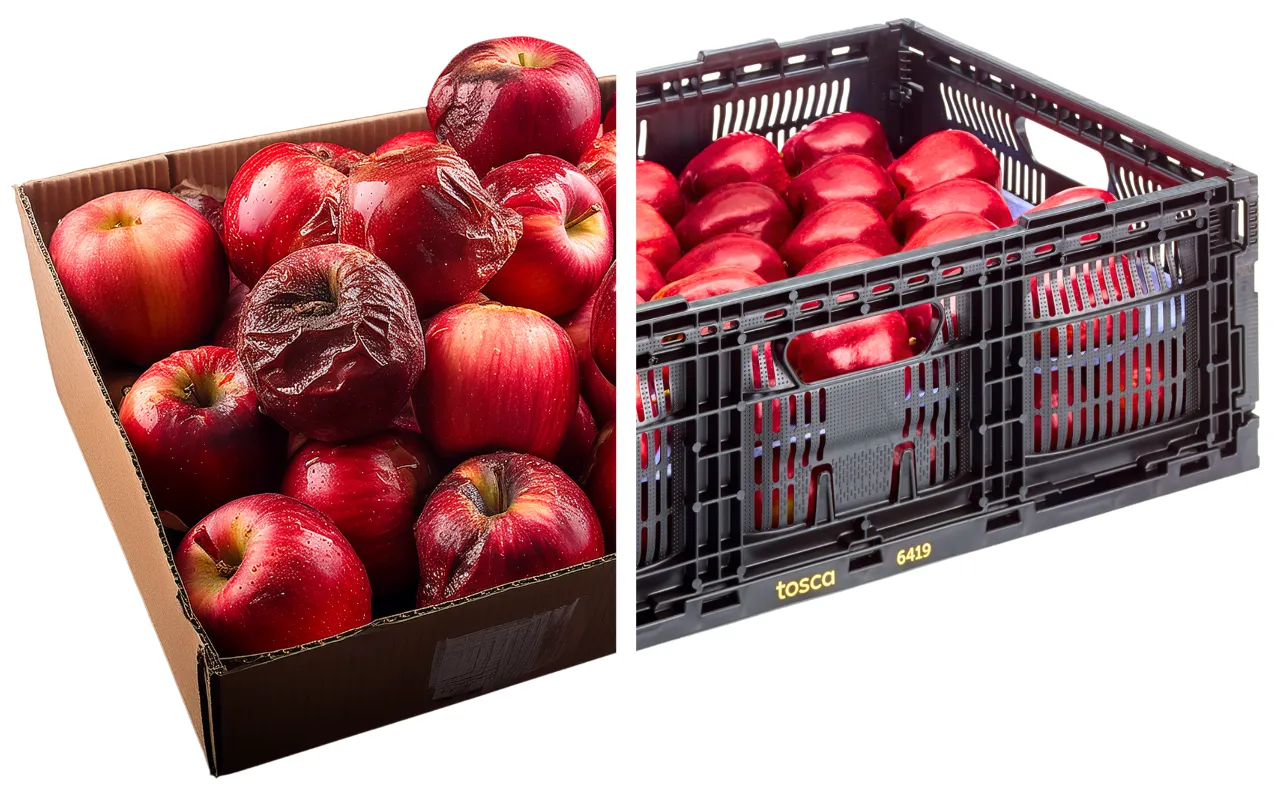
Cardboard packaging accelerates spoilage through multiple routes:
- Its porous nature traps bacteria and moisture, which is especially damaging to fresh produce and dairy products.
- Poor ventilation prevents proper air circulation, causing products to overheat and spoil faster.
- When boxes collapse during transport, damaged packaging can puncture products, creating entry points for contamination.
Tactical takeaway: Not all retail categories face the same level of spoilage, so consider where your investments are best made. Evaluate packaging upgrades specifically for spoilage-prone categories like produce, meat, and dairy, where commodity inflation has been the most severe.
Running a pilot for these categories can let you road test packaging where it may have the biggest impact and assess opportunities for other products when the time is right.
How packaging failures damage customer trust and sales
Commodity inflation has a doubled impact on packaging failures: Price-conscious consumers have become less forgiving of imperfect products. Customers may have overlooked dented egg cartons when prices were lower, but now they avoid them.
In other words, shoppers paying premium prices expect premium conditions, even when the product isn’t premium.
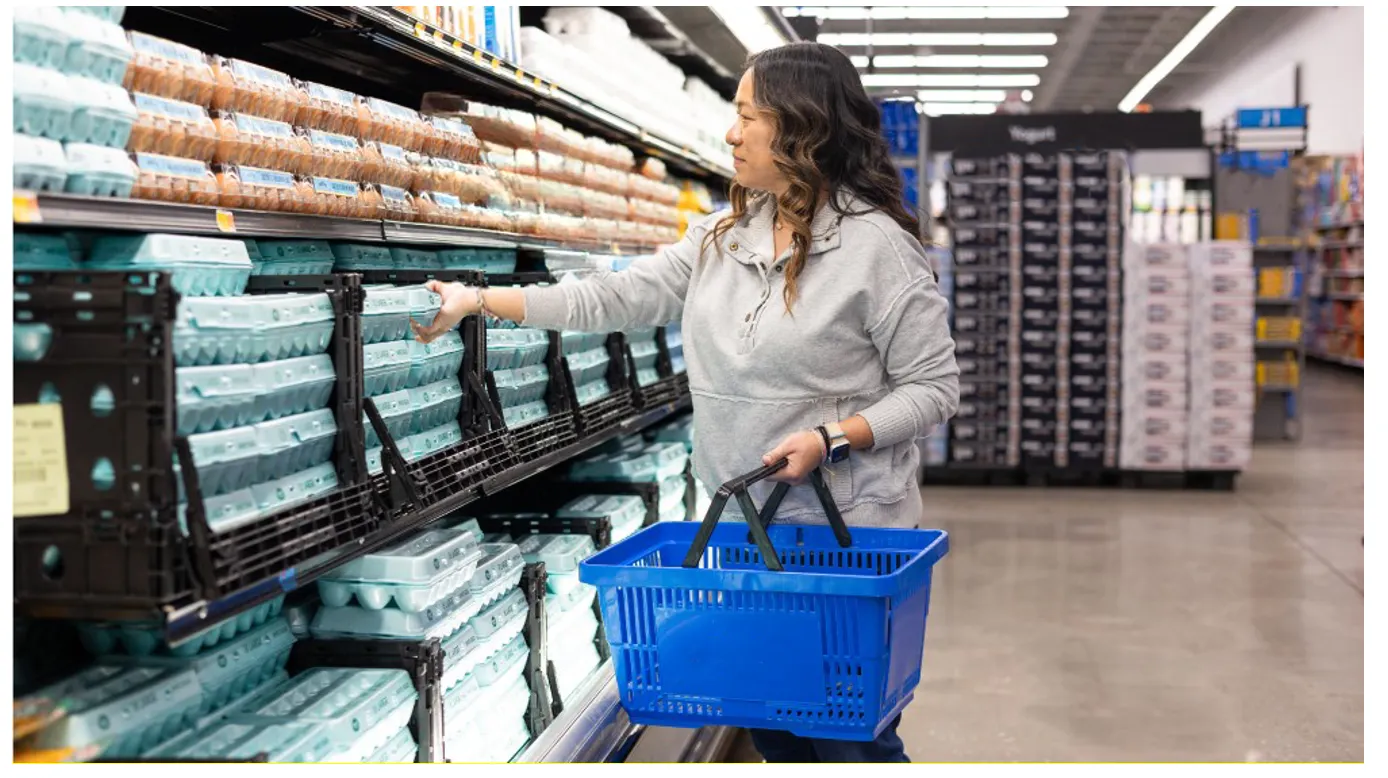
A 2023 Michigan State University study highlights a substantial lack of consumer understanding regarding the role of packaging in preserving food freshness, making visual packaging integrity even more critical when customers are already questioning whether expensive products are worth the cost.
For retailers, this heightened selectivity has become expensive. A customer who avoids a damaged egg display that would have generated $15 in sales 2 years ago now represents $32 in lost revenue, both from higher product values and customers who won't compromise on quality when paying inflated prices.
Tactical takeaway: Start tracking product-level pass-by rates, items with high traffic but low conversion. These often point to a mismatch between price and perceived quality. Build a weekly report pairing footfall data with unit movement in high-margin categories. It’s one of the fastest ways to spot where inflation and product quality, including packaging damage, are breaking sales.
You can’t predict the market—But you can control your packaging
Retailers may not control inflation or shortages—but they can control how well their products are protected. Packaging is your frontline defense for margins, quality, and trust.
The right packaging pays for itself. Find out what you could save.
Tosca helps leading retailers cut costs and waste—without compromising quality or shelf presence. Receive a free, customized report that breaks down your savings potential across shrink, labor, and sustainability, backed by real data and tailored to your operation. Request your free saving analysis.

